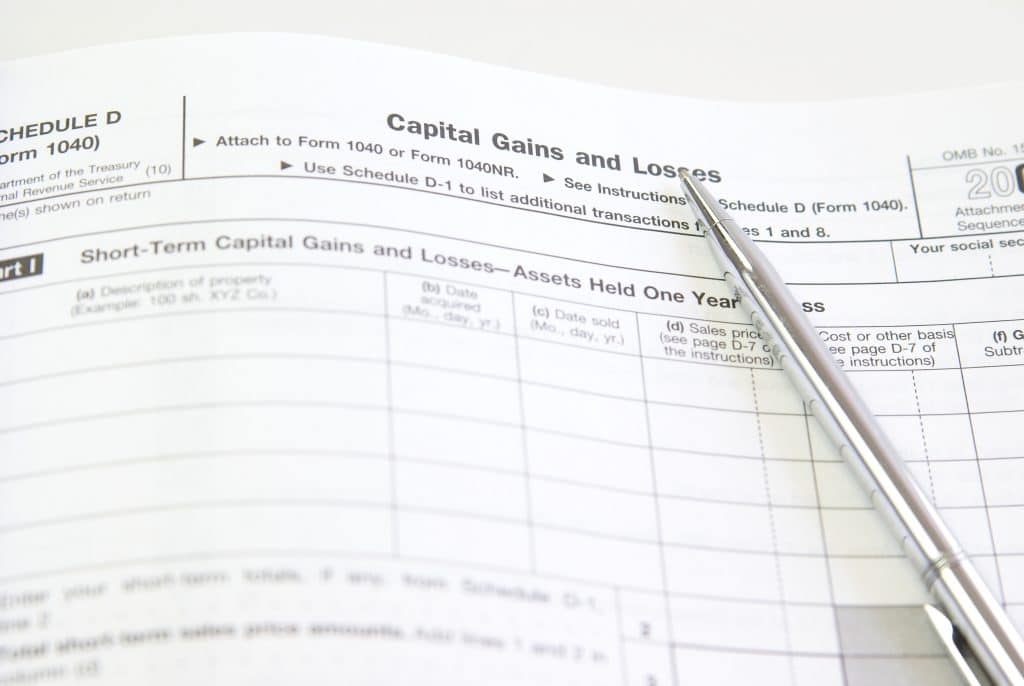Capital Gains Tax (CGT) is something that most investors encounter when selling properties or financial assets. Raising a levy on the gains received from selling bonds, stocks and real estate (and in some locations also personal possessions such as antiques and paintings), the tax can hit a portfolio hard if no precaution is taken. Strategic tax planning, however, can help you stay clear of CGT and could be a good opportunity to optimise your strategy for betterment on capital more generally.

CGT in the United Kingdom is relatively straightforward but still makes individuals liable of up to 20% of the gains. There is a tax-free allowance (currently set at £12,000) and spouses have the option to pool capital gains in order to ensure that they fall below the taxable amount. In France, residents have the option to choose between a 30% flat tax, or use an older system that combines social contributions and CGT, which has a progressive rate on gains exceeding a certain threshold. As of 2018, Wealth Tax has been abolished on bonds and shares but still applies to real estate. Australia also levies CGT, but as part of an individual’s income tax rather than as a separate tax – this is also the case in Luxembourg. In Switzerland, CGT is mostly levied on real estate and tends to be discounted in relation to the holding period.
A few territories offer residents the benefit of not paying any CGT. This is true of Monaco and Jersey, as well as countries further afield, such as Barbados and the Cayman Islands.
While relocating to one of these locations could be an option for some, other tax mitigation strategies are available. Often, setting up a trust will offer trustees a certain degree of tax relief and transferring assets to jurisdictions that have double tax treaty with your country of citizenship is another way of preserving your gains.
